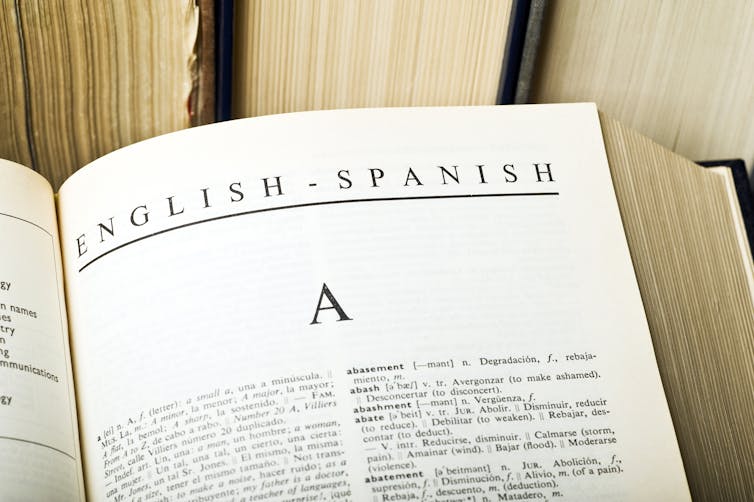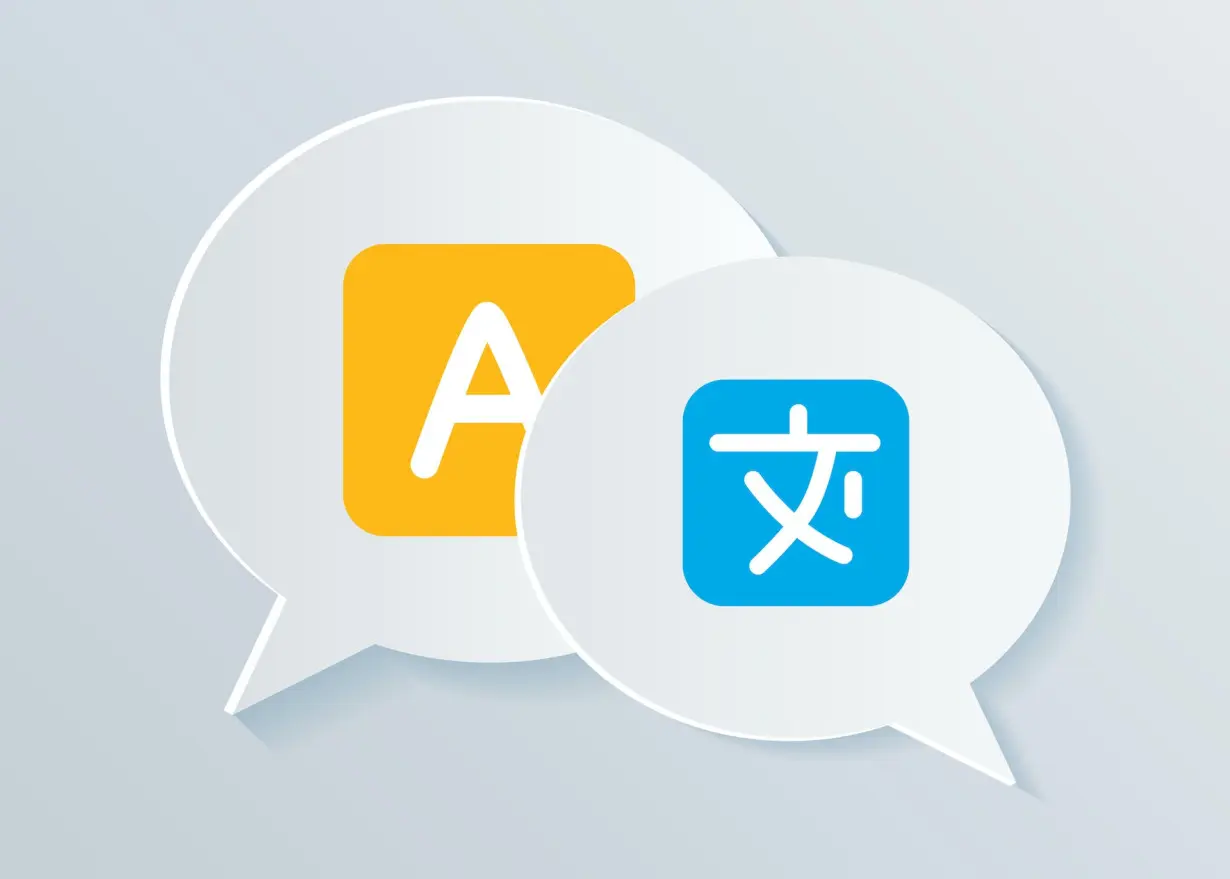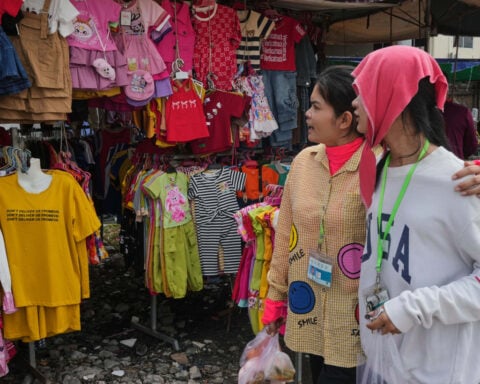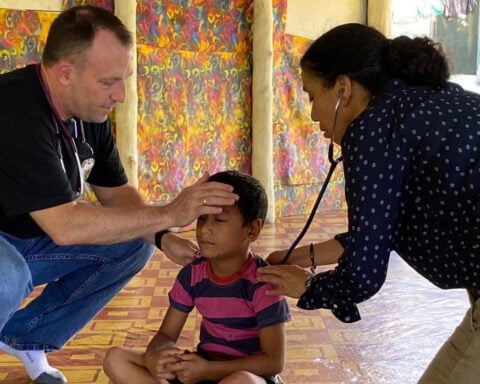Imagine your mother has cancer. You just heard about a promising new experimental treatment and want to enroll her in the study. However, your mother immigrated to the U.S. as an adult and speaks limited English. When you reach out to the research team, they tell you she is ineligible because they are recruiting only English speakers.
Unfortunately, this is an all too likely outcome of a scenario like this, because non-English speakers are frequently excluded from clinical trials and research studies in the U.S.
Despite efforts to increase research participation, racial and ethnic minorities remain underrepresented in results. A review of 5,008 papers in three pediatric journals from 2012 to 2021 revealed that only 9% of these studies included non-English speaking volunteers.
Language is a key barrier to participation, as even those with some English proficiency are less likely to participate in studies when recruitment materials aren’t in their native language. Language barriers also hinder a person’s ability to provide informed consent to participate.
This problem is not likely to fade away. The number of people with limited English proficiency in the U.S. grew by 80% between 1990 and 2013, going from nearly 14 million to 25.1 million people. As of 2022, this number rose to 26.5 million people. Excluding people with limited English proficiency is not only unethical, as these groups deserve the same access to experimental and evolving therapies as the English-speaking population, but also limits how applicable research findings are to the general population.
One way to eliminate language barriers is by translating research documents. As a translation scholar, I strive to discover ways to improve translation quality to benefit the research community and broader society. Translation in research, however, is not straightforward. Not only must the translated materials be accurate, they also have to serve their intended purpose.
The most commonly used method to evaluate translation quality in health research is backtranslation – translating the translated text into the original language and assessing how well it matches the original text. And yet, this method relies on outdated scholarship from the 1970s, perpetuating serious misconceptions about how translation works.
Understanding translation
Translation involves much more than just transferring written words from one language to another. For many health researchers, the goal of translation is to transfer meaning so it remains intact in a new language. Along these lines, the translator is meant to be a conduit of perfect linguistic equivalence. Yet, current work in the field of translation studies indicates this perfect match or meaning transfer is only an illusion.
A translator is not a conduit of meaning, but both a reader of the original text and a writer of the translation. As such, translators have their own positioning in the world that comes with a set of conscious or unconscious values and knowledge that bias how they read and write. Translation is a process of interpretation regardless of how objective a translator aims to be.
Furthermore, languages do not match structurally or culturally. For instance, the English sentence “I arrived late” structurally corresponds to the Spanish “Yo llegué tarde” because the grammar lines up. But because Spanish expresses subject information through verb endings (“lleg-ué”), the “Yo” is normally interpreted as contrastive, meaning that “I” was the one who arrived late as opposed to someone else.
A perfect match in backtranslation often reflects a translation that is too similar to the original, such that it often contradicts the norms of the translated language. For instance, a health status questionnaire translated “My thinking is clear” into Portuguese as “O meu pensamento é claro.” Despite good backtranslation results, patients in Brazil stated it was unclear. Changing it to “Consigo pensar claramente” (“I am able to think clearly”) communicated more effectively and naturally with the target population.

Patients with limited English proficiency are less likely to participate in research studies if the materials aren’t in their primary language.
Translation scholars suggest that a more realistic, descriptive and explanatory approach to translation is one governed by what the commissioner wants to achieve with the translation. Under this view, the translator makes decisions according to the type of text being translated and to the purpose of the translation.
How translators approach texts and what strategies they use to translate them varies with each document. Some texts require closer adherence to the words of the original than others. For instance, legal or regulatory considerations require translating the chemical ingredients list of a medication more closely to the structure of the source than a recruitment flyer that aims to convince readers to participate in a study. Translators of research documents need to determine the needs of the specific text in collaboration with both the researchers and representatives of the population they’re studying.
Translation affects research results
Recent studies show that translation can affect data validity and reliability. An inadequate approach may result in translated materials that don’t work as intended. For instance, a survey may produce incomplete or incorrect data if participants misunderstand or are unclear about the questions.
My team and I investigated how different translation approaches affected how readers responded to translated materials. We had bilingual participants review two versions of a survey measuring perceptions of stress. Each version was translated into Spanish in a different way.
One of the two translations was produced with a literal approach that aimed to be as equivalent as possible to the original, while the other followed a functionalist approach that focused on achieving the purpose specified for the translation. In this case, the goal was to obtain data on how a Spanish-speaking population perceives daily stress.
We asked participants to review the two translated versions of the survey, then indicate any unclear sections and which version they preferred. We found that participants preferred the functionalist translation and identified a higher number of problems in the translation focused on equivalence. Participants commented that the “equivalent” translation was more difficult to understand, too direct and seemed obviously translated.

A literal translation may not best serve the aims of its commissioner.
Other studies have shown that translated materials are less accessible overall compared with the original documents. Researchers have also found that some translation approaches increase reading complexity. One study found that a survey used to measure the health progress of patients translated with a functionalist approach had better readability than published counterparts that used a more literal approach.
The translation process is complicated. Lack of awareness of its complexities can affect not only equitable participation in research but also the validity and reliability of its methodology and findings. But with the right approach, translation can increase a study’s reach, diversify its data and lead to new findings and ideas. Reaching out to a translation scholar before starting a project can help scholars prevent their data and research from getting lost in translation.

Sonia Colina works for the National Center for Interpretation at the University of Arizona. She has received funding from the National Institutes of Health
Source: The Conversation

 Trump has begun another trade war. Here's a timeline of how we got here
Trump has begun another trade war. Here's a timeline of how we got here
 Canada's leader laments lost friendship with US in town that sheltered stranded Americans after 9/11
Canada's leader laments lost friendship with US in town that sheltered stranded Americans after 9/11
 Chinese EV giant BYD's fourth-quarter profit leaps 73%
Chinese EV giant BYD's fourth-quarter profit leaps 73%
 You're an American in another land? Prepare to talk about the why and how of Trump 2.0
You're an American in another land? Prepare to talk about the why and how of Trump 2.0
 Chalk talk: Star power, top teams and No. 5 seeds headline the women's March Madness Sweet 16
Chalk talk: Star power, top teams and No. 5 seeds headline the women's March Madness Sweet 16
 Purdue returns to Sweet 16 with 76-62 win over McNeese in March Madness
Purdue returns to Sweet 16 with 76-62 win over McNeese in March Madness








